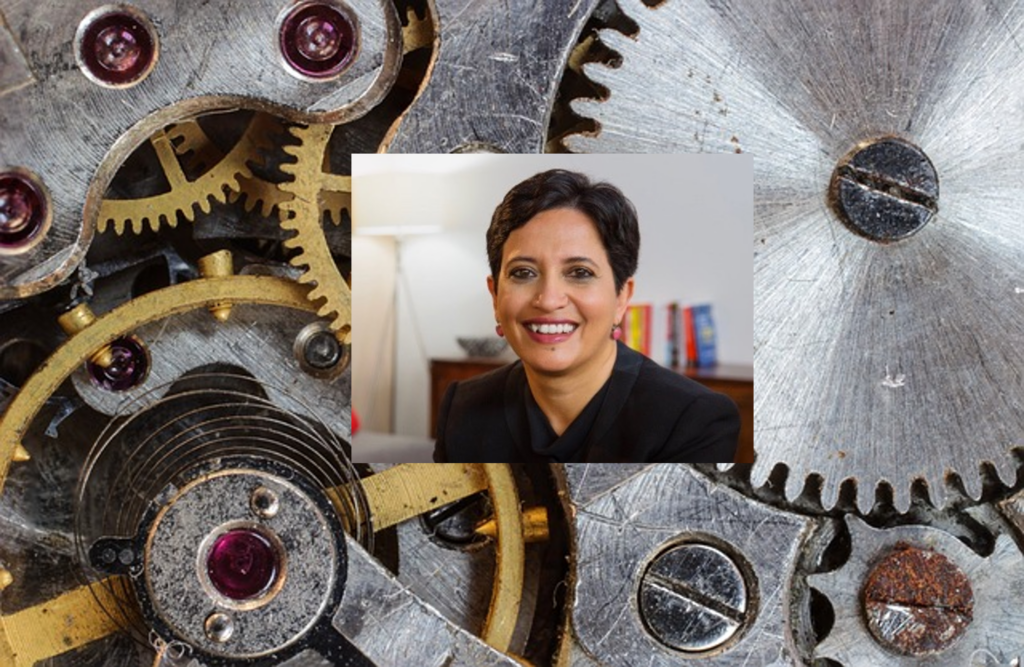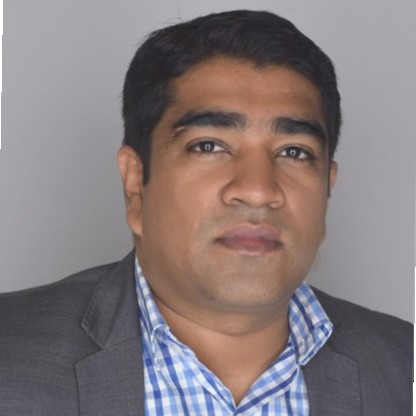Artificial Intelligence
1Mby1M Udemy Courses with Sramana Mitra: Domain Knowledge

At 1Mby1M, we believe in learning from case studies of successful entrepreneurs. These case studies involve discussions on opportunities and challenges specific to the domain such as Generative AI, E-Commerce, Digital Health, Cyber Security, and FinTech.
>>>Thought Leaders in Artificial Intelligence: Danny Tomsett, CEO of UneeQ (Part 1)

This is an exciting conversation on cutting-edge Digital Human technology and its applications.
Very cool stuff!
Sramana Mitra: Let’s start by introducing our audience to yourself as well as to the company.
>>>Featured Videos
Can 1M/1M Help Me Raise Money?
How Does 1M/1M Democratize Entrepreneurship Education?
How Does 1M/1M Democratize Management Consulting?
When Is The Right Time To Join 1M/1M?
Can 1M/1M Help Me With Business Development?
Can 1M/1M Help Me With Market Sizing?
Can 1M/1M Help Me Validate My Product?
Will I Have Private 1-on-1 Sessions In 1M/1M?
How Does 1M/1M Help Entrepreneurs Connect With Silicon Valley?
Mentoring or Consulting?
Why Does 1M/1M Charge $1000 a Year?
Why Does 1M/1M Partner With Local Organizations?
Why Don\’t Mentoring Networks Work?
Why Is It Important To Study With 1M/1M Now?
Dan Stewart Story
Vikrant Mathur Story
Thought Leaders in Artificial Intelligence: Debjani Deb, CEO of ZineOne (Part 1)

Debjani talks about hyper-personalization use cases based on her company’s customer DNA modeling technology.
Sramana Mitra: Let’s start by introducing our audience to you as well as to ZineOne.
Debjani Deb: I am the CEO and Co-Founder of ZineOne. We are a Valley-based company. We started our journey in 2014. The goal of that journey was to provide a solution to what the next generation needs in terms of how brands engage with them.
>>>Thought Leaders in Artificial Intelligence: Shantanu Nigam, CEO of Jvion (Part 1)

Jvion applies AI to avoidable healthcare problems in patients inside and outside hospitals. Read on for more on a very interesting application.
Sramana Mitra: Let’s start by introducing our audience to yourself as well as Jvion.
>>>Thought Leaders in Artificial Intelligence, Sanjoe Tom Jose, CEO of Talview (Part 1)

We’ve been covering AI in the HR tech space. You may have read our Eightfold AI story. Talview is another application in the same space. Sanjoe also points to possible white spaces you can look into.
Sramana Mitra: Let’s start by having you introduce yourself and Talview to our audience.
Sanjoe Tom Jose: I’m one of the co-founders and also the CEO of Talview. Talview is headquartered in Palo Alto. We are trying to build a new category in the recruitment tech space. Talview is my third startup and my second startup in the space.
>>>Avant Faces An Uphill Battle

One of the earliest AI FinTech unicorns to cross $1 billion valuation in 2015, Avant is primarily a personal lending startup that uses advanced algorithms and ML to evaluate online loan applications.
>>>Anduril Uses AI to Secure Borders

Virtual reality wunderkind Palmer Luckey has had a checkered past. He was responsible for setting up Oculus and selling it to Facebook. But soon after, he was involved in the controversy involving trade secret violations surrounding the development of Oculus. That was soon followed by news of his political donations for anti-Hilary campaigns. While there is no confirmation, there is strong belief that his political beliefs were the cause for his exit from Facebook.
>>>Roundtable Recap: November 21 – A Superb Discussion on Artificial Intelligence
During this week’s roundtable, we had as our guest Arijit Sengupta, Founder and CEO at Aible. Previously, Arijit founded another AI startup, BeyondCore, which was acquired by Salesforce.com. This was an excellent discussion, and I urge you to check it out.
Ederlabs
As for the pitches, up first, we had Sharat Satyanarayana from Bangalore, India, pitch Ederlabs, an AI data privacy protection startup that is in the 1Mby1M Premium program.
Suquino
Next we had Ravi Amble from Sunnyvale, California, pitch Suquino, a telehealth startup.
Thought Leaders in Artificial Intelligence: Florian Quarre, Chief Revenue Officer, Exponential AI (Part 1)

In this segment of TLAI, we discuss use cases in life sciences, healthcare, and retail.
Sramana Mitra: Let’s start by introducing our audience to yourself as well as to Exponential Machines.
Florian Quarre: I operate primarily in the field of healthcare technology. I have quite recently joined Exponential AI. Exponential AI is an AI platform focused on accompanying our clients through their digital transformation journey.
>>>Thought Leaders in Artificial Intelligence: Daisy Intelligence CEO Gary Saarenvirta (Part 1)

Gary is implementing AI concepts from his Aerospace industry background onto use cases in retail and insurance.
Sramana Mitra: Let’s start by introducing you and Daisy Intelligence.
Gary Saarenvirta: I’m the Founder and CEO of Daisy Intelligence. Daisy Intelligence is an AI platform. We help our clients make smarter operating decisions. Our mission is to empower human beings to do what humans are very good at by letting machines do what machines are good at.
>>>Thought Leaders in Artificial Intelligence: Ashutosh Garg, CEO of Eightfold.ai (Part 1)

This is one of the best TLAI interviews I have done. Ashutosh has founded two AI-driven companies, so have I. We kick around heavy-duty material.
Sramana Mitra: Let’s start by introducing our audience to yourself as well as to Eightfold.ai.
Ashutosh Garg: I got my PhD in AI from the University of Illinoi – Urbana Champagne. Then I did research in Google and then started a company called BloomReach in the e-commerce personalization space. You might remember doing this interview with my co-founder Raj over there.
>>>